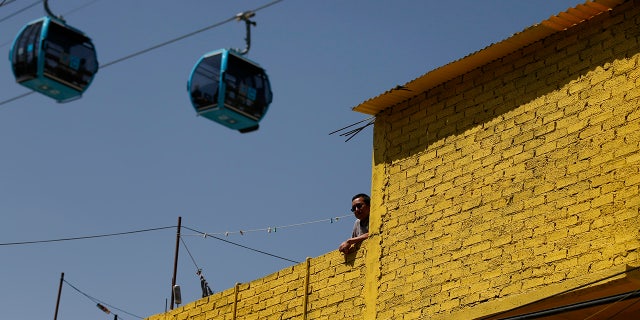Mexico City has launched the first of what it hopes will be several cable-car lines serving the poorer outskirts of the city of 9 million.
Thursday’s inauguration of the first leg of the “Cablebus” line marks the latest chapter in Latin America’s love affair with cable cars, which are seen in much of the world as largely for tourists and ski slopes.

The neighboring State of Mexico already has a cable car serving one northern Mexico City suburb, and the city’s own first line was also built on the poor, crowded north side.
Cable cars are seen as a cheaper, quicker way to bring public transport to poor communities located high up hillsides. Since they’re airborne, the car lines also don’t have as many difficulties with Latin America’s notoriously difficult issues of chaotic development, bad traffic and lack of rights-of-way.
By June, the line will run almost 9.2 kilometers (6 miles) from Cuautepec, a working class neighborhood on the northern edge of Mexico City, to the nearest subway and bus station. The stretch inaugurated Thursday covers just 1.7 kilometers (1.06 miles) of that route, to the neighborhood of Tlalpexco.
At present, officials explained, residents at the top of the hill in Tlalpexco have to board crowded, small vans that travel much more slowly. Plus, they don’t have the nice view the cable cars offer from their big windowed cars that can seat 10 passengers at a time. The cars run on electricity and can travel about 13 miles (20 kilometers) per hour, far faster than most traffic in the city.

A man stands on a rooftop as cable cars overhead run between the Campos Revolucion and Tlalpexco stations. (AP Photo/Rebecca Blackwell)


